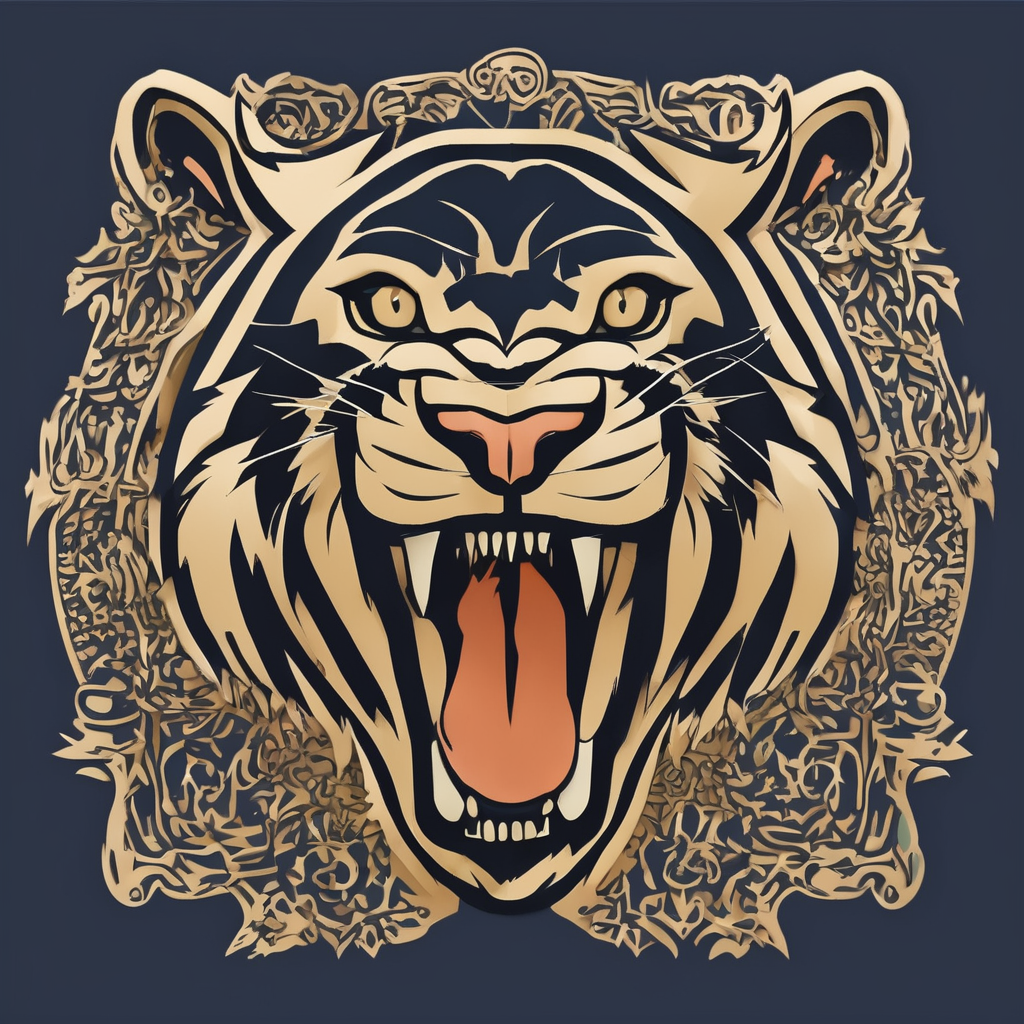Key Milestones in UK Pet Ownership through the Decades
Tracing pet ownership history UK reveals significant changes from the early 20th century to today. Initially, pets mostly served practical roles—rats were controlled by cats, and dogs often worked on farms. Post-World War II marked a pivotal moment: a remarkable pet boom as returning prosperity allowed more households to welcome animals primarily for companionship.
Statistical highlights illustrate this shift. In the 1950s, roughly 45% of UK homes had pets, mainly cats and dogs. By the 1980s, ownership rates climbed, reflecting growing affluence and changing lifestyles. Now, over 50% of UK households have pets, with a wider variety of species represented.
Additional reading : How Do Pets Affect Our Mental Well-being in the UK?
UK pet trends also show diversification: small mammals and exotic pets steadily gained popularity alongside traditional dogs and cats. This mirrors broader societal changes and increased urbanisation, where space restrictions pushed demand toward smaller or more exotic companions.
Understanding these historical pet statistics helps contextualize how cultural and economic factors shaped ownership. Not only did postwar recovery fuel numbers, but evolving attitudes about pets’ roles—from utility to family members—drove the ongoing transformation in the UK pet landscape.
In parallel : How can you prepare your pet for a UK heatwave?
Evolving Attitudes and Cultural Perceptions of Pets
The UK attitudes to pets have evolved dramatically, shifting from viewing animals primarily as workers to embracing them as cherished companions. Historically, many pets served practical functions—dogs guarded property, and cats controlled vermin. However, as societal norms changed, so did perceptions. Today, pets are often regarded as integral family members, an emotional shift that underscores the profound cultural change pets have undergone.
How did this transformation occur? Media and advertising played pivotal roles by highlighting the companionship and emotional benefits of pet ownership. Television shows, commercials, and magazines portrayed pets as part of the family unit, promoting a nurturing relationship that transcended traditional roles. This exposure influenced public opinion and deepened the cultural connection to animals.
Moreover, recognising pets as family members led to increased demand for better care, bringing ethical concerns and higher welfare standards to the forefront. People sought not just any pet, but a beloved companion deserving respect and attention.
Understanding these evolving UK attitudes to pets explains why pet ownership today prioritises emotional bonds, reflecting wider cultural values that celebrate pets as lifelong friends and family, rather than mere tools or status symbols. This fundamental change is key to interpreting ongoing cultural change pets have experienced across generations.
Shifts in Popular Pet Species and Breeds
The landscape of popular pets UK has evolved significantly, reflecting broader pet species trends influenced by lifestyle and urbanisation. Traditionally, dogs and cats dominated pet ownership, supported by consistent dog and cat ownership statistics UK showing their prominence. However, recent decades reveal a surge in smaller mammals—rabbits, guinea pigs—and even exotic species like reptiles and birds, driven by changing household dynamics and space constraints.
Why the shift? Urban living often limits space, making smaller or lower-maintenance pets more practical. This change is clear in ownership patterns: while cats and dogs remain leaders, the growth of alternative species marks a diversification not seen in earlier pet ownership history UK. Breed preferences within dogs and cats also illustrate cultural shifts; smaller, companion breeds have surged in popularity, reflecting owners’ desire for adaptable pets suited to modern homes.
Pet owners increasingly value temperament and lifestyle fit over status symbol breeds. This realignment aligns with evolving UK pet trends that prioritise companions who adapt well to confined living spaces and busy schedules. Understanding these changes provides insight into how urbanisation and societal preferences shape ongoing adjustments in pet species popularity and breed choices across the UK.
Legislative and Regulatory Developments in Pet Welfare
The UK pet legislation landscape has evolved markedly to protect animals and enhance welfare. A cornerstone is the Animal Welfare Act 2006, which imposes a legal duty of care on pet owners, ensuring pets’ basic needs are met. This law was pivotal in elevating pet care standards and promoting ethical ownership practices across the UK.
Beyond this, regulations address breeding practices, licensing, and the import/export of pets. For example, stricter controls on puppy breeding aim to curb irresponsible breeders and improve health outcomes for dogs. Changes in licensing reflect increased accountability, making it easier to monitor compliance with welfare requirements.
How have these laws improved pet welfare in practical terms? They have increased safeguards against neglect, provided clearer definitions of cruelty, and encouraged proactive veterinary care. This legal framework has also raised public awareness about owners’ responsibilities, fostering a more informed community.
Improved animal welfare law UK continues to evolve, responding to scientific advances and societal expectations. These ongoing developments align with UK pet legislation goals to create safer, healthier environments for all pets, reinforcing the cultural shift toward treating animals as valued family members rather than commodities.
Advancements in Veterinary Care and Pet Products
Advances in pet care UK have dramatically transformed pet wellbeing over recent decades. Veterinary progress includes sophisticated diagnostics, preventative medicine, and specialised treatments for chronic conditions. These improvements allow early detection and management, increasing pet lifespans and enhancing quality of life. For example, routine vaccinations and dental care are now standard practice, contributing to healthier pets and fewer emergencies.
The pet industry growth parallels veterinary innovation. Pet owners demand higher-quality products, from nutritionally balanced foods to interactive toys and insurance plans. This market expansion reflects greater owner investment in pets’ health and happiness. Technology has introduced smart devices that monitor activity and health remotely, blending convenience with care.
Importantly, these advances support the shift seen in UK pet trends, where pets are viewed as family members deserving comprehensive care. As owners seek products and services tailored to individual pets’ needs, the veterinary and pet product sectors continue to innovate.
In summary, advances in pet care UK and veterinary progress have not only improved animal health but also fueled the thriving pet industry growth. These changes reinforce the evolving role of pets as cherished companions requiring specialised attention and investment.
Influential Social and Economic Factors Shaping Pet Ownership
Social trends pet ownership in the UK have been deeply influenced by household size and affluence. Smaller family units and single-person households often opt for pets requiring less maintenance, affecting overall pet population dynamics. Economic impact pets UK is evident—rising incomes typically translate to increased pet ownership and spending on quality care. Conversely, economic downturns can restrict ownership or shift preferences toward lower-cost pets.
Major historical events have shaped these trends. Post-World War II saw a substantial pet boom, linking prosperity with increased pet populations. More recently, pandemic pet trends reveal a surge in adoptions as lockdowns fostered demand for companionship, significantly impacting UK pet trends and social behaviour around animals.
Social movements have also advanced ethical considerations, promoting responsible ownership and adoption over commercial breeding. This shift highlights evolving cultural values placing welfare first. As such, social and economic factors continue to redefine both the type and number of pets, reflecting broader societal changes influencing pet ownership patterns. Understanding these elements is essential to grasp the ongoing evolution in the UK pet landscape.

